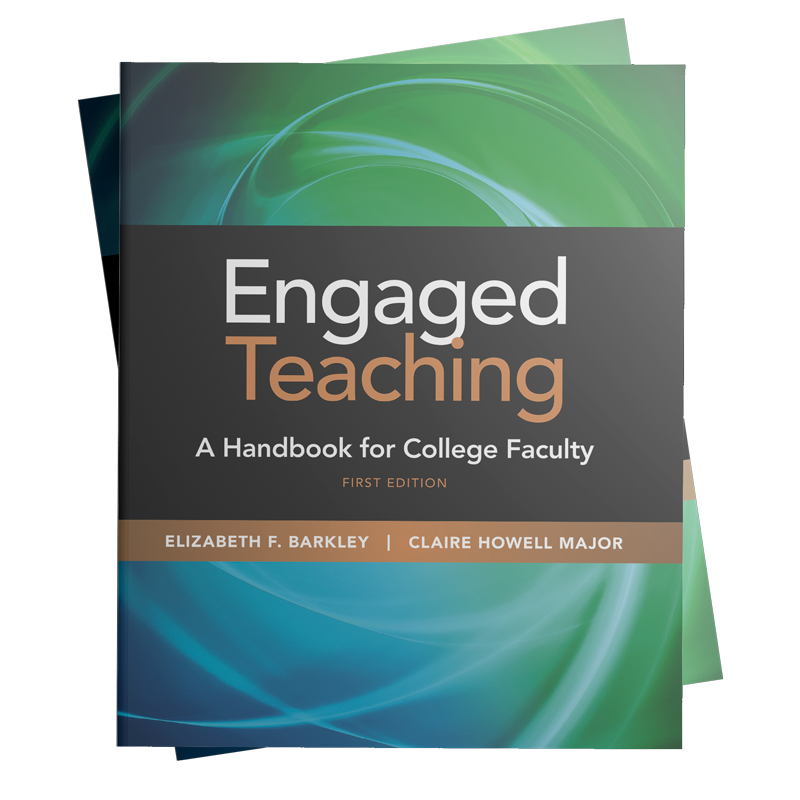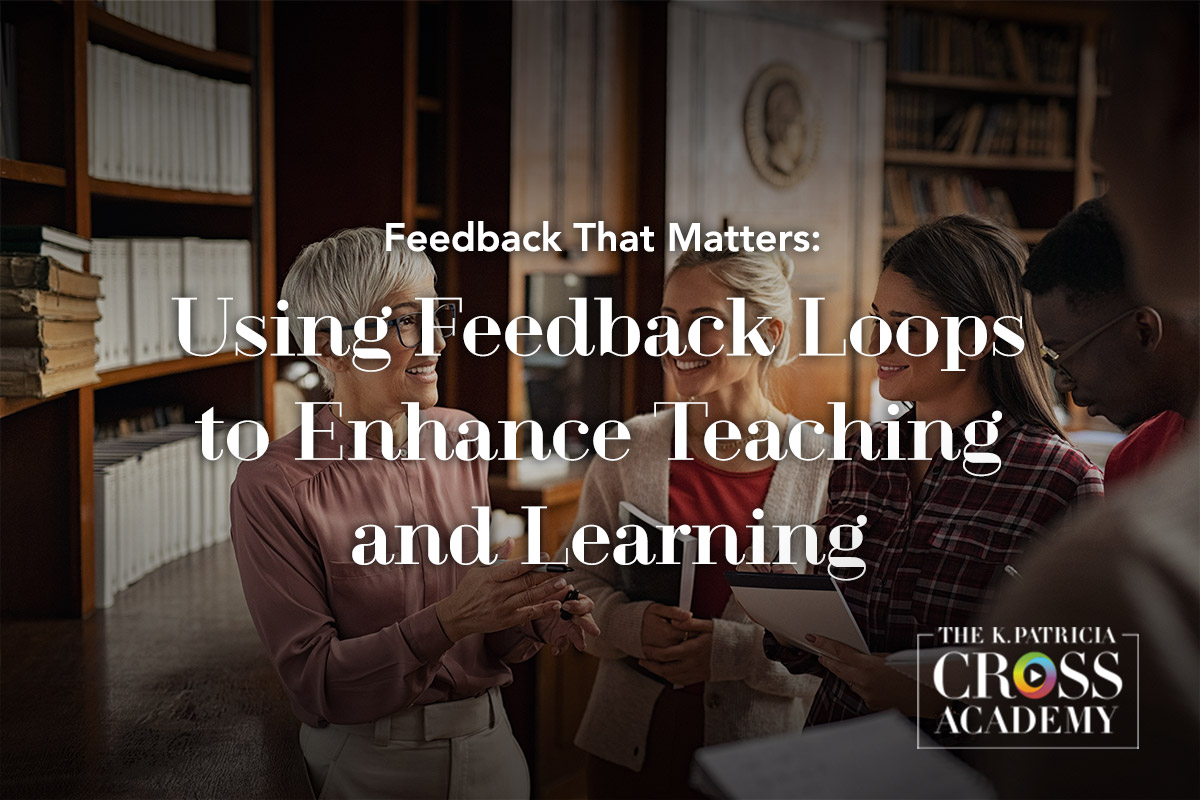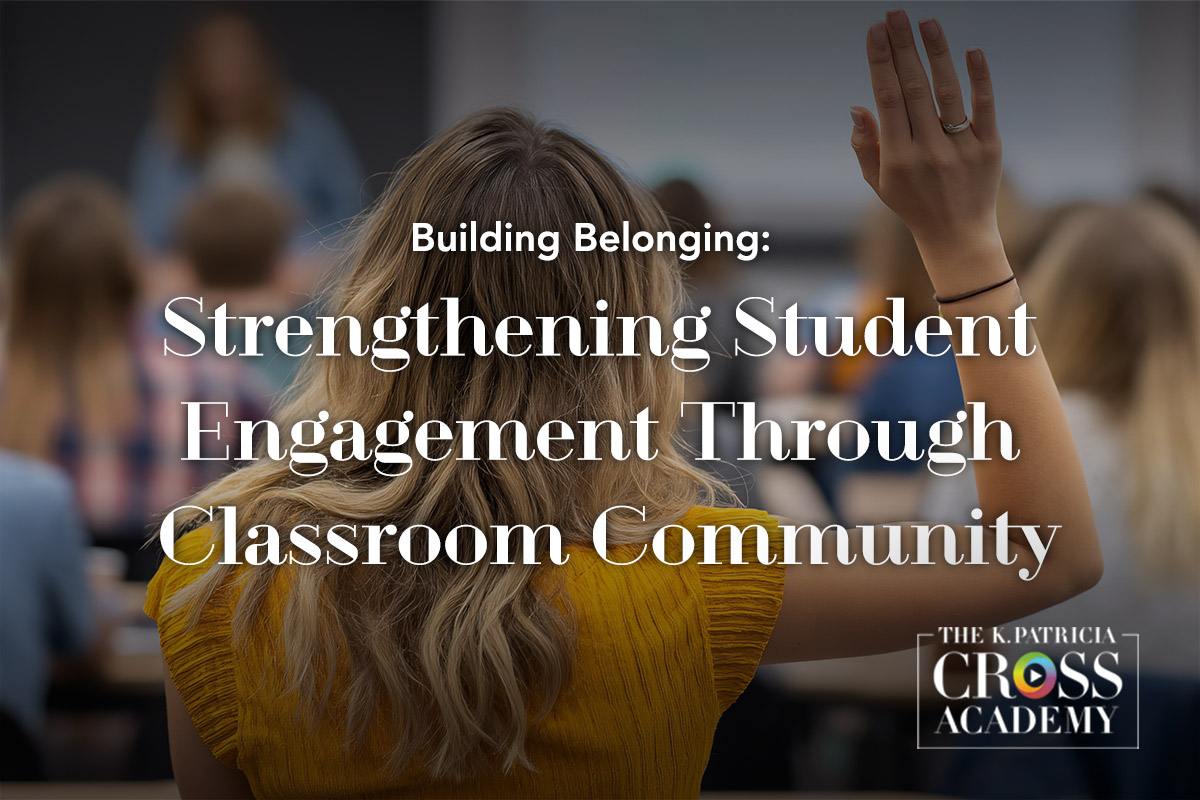
“Knowledge without application is like a book that is never read” ~Christopher Crawford
As college teachers, we want students to think deeply about course content and skills, yet sometimes it feels like students never progress beyond surface-level understanding.
One of the best ways to help students get to deeper learning is to have them use what they have learned in a new way.
In his taxonomy of Significant Learning, Fink (2013) suggests that application means learning how to do some new kind of action. In his taxonomy, Bloom suggests that application means students take what they’ve learned and apply it to a different scenario, often one outside of the classroom. For example, students could use a math formula they’ve learned to calculate a family budget or apply a legal ruling to a specific case in news headlines.
To make sure that students show they can apply what they learn, consider the following suggestions:
Be explicit about application
When engaging students in activities that promote the application of knowledge to new contexts, instructors should feel free to make their learning goals and expectations clear. Students will practice application better when they learn to recognize it. They will likely more willingly engage if the instructor explains the benefits of application for future learning and even career aspirations.
Focus on core concepts
Students can more effectively apply knowledge when they comprehend the core principles behind the content and skills that they need to use. You can develop activities to help students develop a deeper understanding of relationships, shared functions, or similar organizing principles prior to asking students to apply the material in new contexts.
Identify sub skills
Asking students to apply what they have learned can sound like a fairly easy task to accomplish, but in reality, it is complicated, and students may not have developed the skills they need to do it well. They need skills in differentiating, classifying, categorizing, organizing, and making attributions. They also need problem solving. It can be useful to scaffold application to highlight the subtasks until students become more comfortable with and clear on their roles and responsibilities.
Provide students with practice
Students develop the ability to apply their learning by practicing application. Instructors can present two different scenarios, formulas, or readings and ask students to find single approaches for solving or analyzing each. Alternately, they can ask students to construct a different problem or scenario that requires the same skills and knowledge as a pre-completed assignment.
Make it social and collaborative
Application of knowledge can be particularly effective when it is done in a cooperative social context that allows peers to develop explanations, provide each other with feedback, and share responsibility for learning.
Involve students in the process
Students will be more invested in applying what they have learned if they are called upon to mindfully and explicitly search for ways to make connections, to classify, to sort, and so on. Likewise, they will be more invested if called upon to self monitor their progress and success in applying information in new ways. Self-reflection and self-assessment are great tools for accomplishing this goal.
For information about active learning techniques that prompt students to apply knowledge, see our videos for the following techniques:
Suggested Citation
Barkley, E. F., & Major, C. H. (n.d.). Getting students to apply what they have learned in a new context. CrossCurrents. https://kpcrossacademy.ua.edu/getting-students-to-apply-what-they-have-learned-in-a-new-context/

Engaged Teaching
A Handbook for College Faculty
Available now, Engaged Teaching: A Handbook for College Faculty provides college faculty with a dynamic model of what it means to be an engaged teacher and offers practical strategies and techniques for putting the model into practice.





